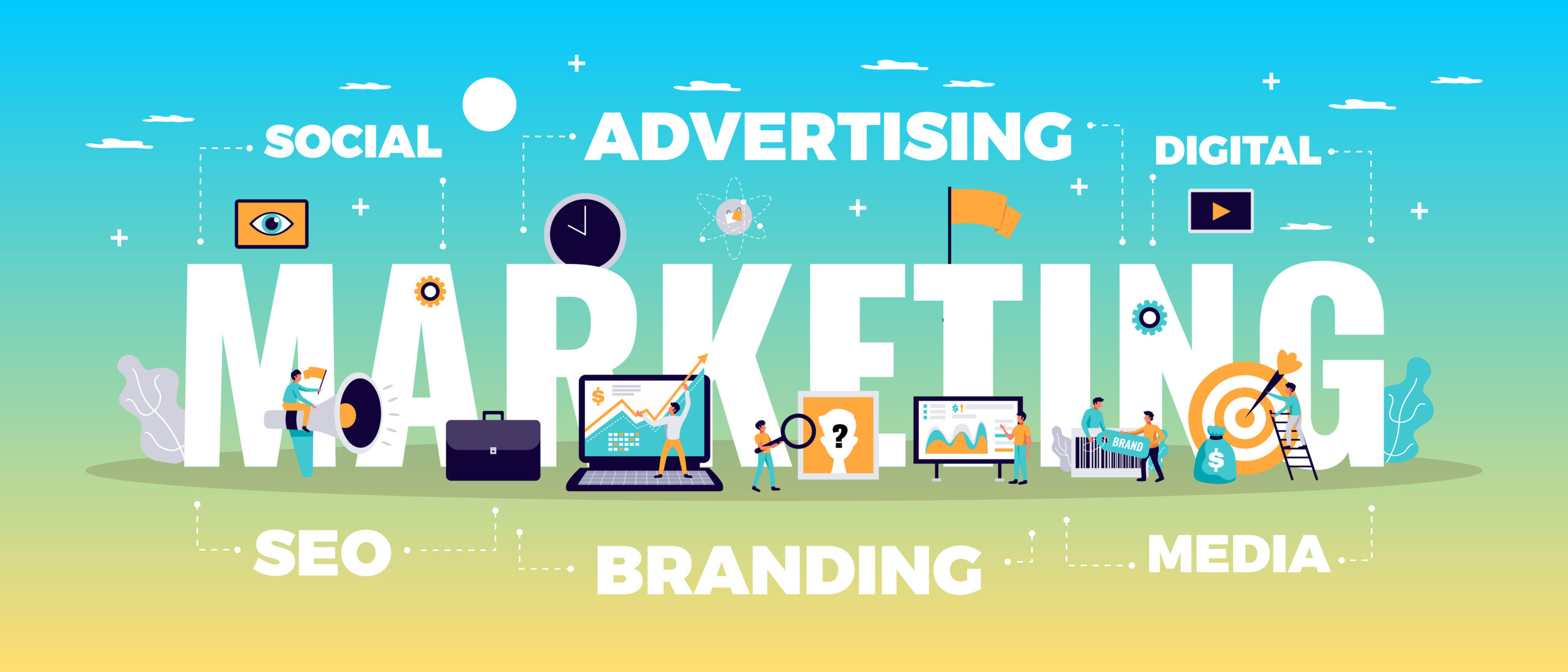How Many Main Pillars of Digital Marketing
Introduction-
In the digital age, marketing has transcended traditional boundaries, evolving into a multi-faceted realm that leverages online platforms to engage customers, drive sales, and build brand loyalty. At the heart of digital marketing are its main pillars, each representing a critical area of focus for marketers aiming to harness the power of the internet to achieve their business objectives. Understanding these pillars is essential for anyone looking to navigate the digital marketing landscape effectively.
The Five Main Pillars of Digital Marketing
1. Content Marketing: The Foundation of Digital Engagement
Content marketing is the bedrock of digital marketing, focusing on crafting and sharing valuable, pertinent, and consistent content to engage and retain a clearly defined audience. This pillar is about telling your brand’s story in a way that resonates with your target audience, fostering engagement, and building trust.
Strategies and Best Practices: Focus on quality over quantity, understand your audience’s needs, and leverage various formats such as blogs, videos, infographics, and podcasts.
2. Search Engine Optimization (SEO): Maximizing Visibility
SEO is the technical backbone of digital marketing, aimed at increasing a website’s visibility in search engine results pages (SERPs) for relevant keywords. This involves optimizing website content, structure, and on-page elements like meta-tags, as well as off-page factors like backlinks.
Strategies and Best Practices: Conduct thorough keyword research, ensure mobile-friendliness, improve page loading times, and create high-quality content that addresses user intent.
3. Social Media Marketing: Engaging with Audiences Where They Spend Their Time
Social media marketing leverages platforms such as Facebook, Instagram, Twitter, and LinkedIn to cultivate relationships and engage with both potential and existing customers.. It’s about fostering a community around your brand and using that engagement to drive sales and brand loyalty.
Strategies and Best Practices: Tailor your content to each platform, engage with your audience regularly, use social media analytics to inform your strategy, and leverage influencers when appropriate.
4. Pay-Per-Click Advertising (PPC): Driving Targeted Traffic
PPC, or pay-per-click, is an internet marketing model where advertisers compensate for each click on their ads. It represents purchasing visits to your website instead of striving to acquire them organically. Google Ads and Facebook Ads are among the most popular platforms for PPC advertising.
Strategies and Best Practices: Use keyword research to inform your PPC campaigns, create compelling ad copy, optimize landing pages, and continuously test and refine your ads for better performance.
5. Email Marketing: The Personal Touch
Email marketing comprises sending emails to potential leads and existing customers. Successful email marketing transforms prospects into customers and converts one-time buyers into loyal advocates. It’s one of the most cost-effective ways to engage your audience.
Strategies and Best Practices: Segment your email list for personalized communication, craft engaging and valuable content, and include clear calls-to-action (CTAs). Monitor your metrics closely to refine your strategy over time.
Integrating the Pillars for Digital Marketing Success
The true power of digital marketing lies in the integration of its Main Pillars of Digital Marketing. Content marketing fuels SEO efforts, social media amplifies content reach, PPC can boost the visibility of your best content, and email marketing allows you to follow up with your audience in a personalized way. Each pillar not only stands on its own but also supports and enhances the others.
Conclusion: The Ever-Evolving Digital Marketing Landscape
In conclusion, the Main Pillars of Digital Marketing represent the key areas of focus for brands aiming to succeed in the online world. However, the digital marketing landscape is constantly evolving, with new technologies, platforms, and strategies emerging all the time. Staying informed and adaptable is crucial for marketers looking to leverage these pillars effectively.
Digital marketing is no longer optional in today’s business world. By understanding and implementing the five main pillars of digital marketing, businesses of all sizes can achieve remarkable growth and establish a strong online presence. Remember, the journey doesn’t end with implementation; continuous learning, testing, and optimization are the keys to enduring success in the digital realm.
In crafting this blog, the aim was to demystify the complexities of digital marketing, making it accessible and engaging for readers, while also ensuring the content is optimized for search engines. By focusing on the main pillars of digital marketing, readers can gain a comprehensive understanding of how to craft strategies that drive real business results.
